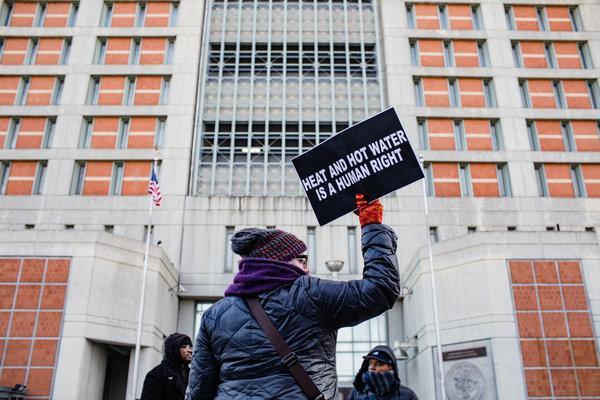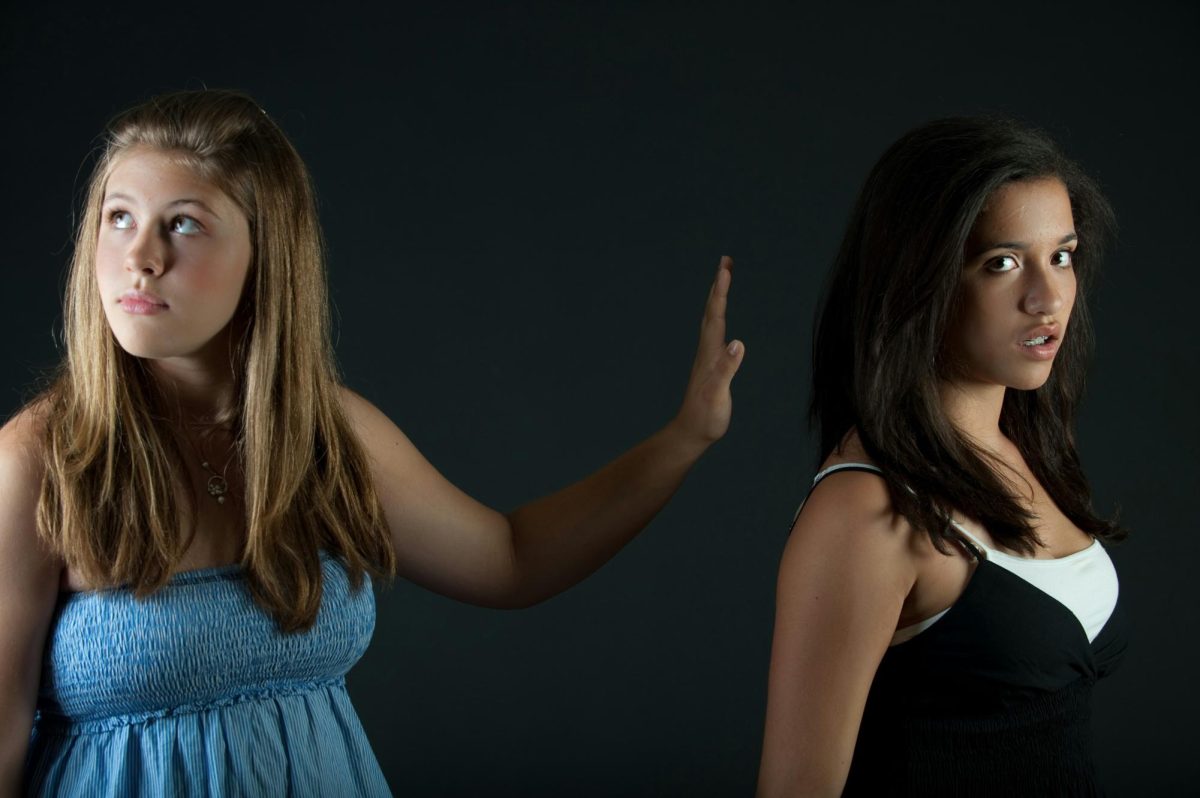Just two weeks ago, the Boston area experienced unbearable days with subzero temperatures. Although it was brutal, the temperature was even lower in the Midwest and reached -51 degrees Fahrenheit due to the polar vortex. Videos went viral of people throwing boiling water — which would turn into ice crystals — in the air to emphasize the cold. What also went viral, however, were the stories of many homeless people in Chicago who stressed their fear of being without shelter in the literal deadly cold.
Similarly, inmates at a federal prison in Brooklyn were left in the dark and without heat for an entire weekend after the facility lost electricity. They banged on anything with a surface to get attention, protesting the inhumane conditions, and eventually became the subjects of a national conversation. However, this pattern in the treatment of both the homeless and the incarcerated in America needs to be discussed. Although these are isolated incidents, they do demonstrate the lack of regard for both groups in this country and the barbaric conditions that they are expected to live in.
I’m not suggesting that people did not step up. In Chicago, an anonymous individual paid for hotel rooms for many homeless people who had been seeking refuge from the cold in tents. Many others donated propane tanks to keep them warm. While these acts of humanitarianism should be commended, the lives of the homeless should not be in the hands of a few people who have both the assets and the good-will to help. Only about 70 people were given the opportunity to stay in hotels, but the homeless population in Chicago exceeds 5,000.
With temperatures as dangerously low as they were, the government — on either the federal or state level — should have implemented measures and provided accommodations to ensure that the homeless population not just in Chicago but in the entire Midwest was taken care of. And this is not as crazy of an idea as it might sound. For instance, when I visited India over winter break, I was told that the homeless population in Jaipur — one of India’s most populous states — was offered some form of accommodations during the winter months to ensure that they wouldn’t become ill due to the cold. It is important to remember that this sort of program is happening in a nation with the second highest population in the world. Furthermore, this is a recurring program, yet the US couldn’t even create one that would last for a week or two when the temperatures were dangerously low.
With regards to the Brooklyn prison, similar questions can be raised. Why was so little action taken when people were freezing in dark cells for over a weekend? The living standards in American prisons are nowhere near those of other prisons — like Finland’s, where the government actively attempts to reintegrate prisoners into society by maintaining an “open prison” — and that is a problem.
While these may seem like two issues that have little impact, they speak to a larger issue: the United States has repeatedly overlooked the standard of living for both the incarcerated and the homeless. Before working on reintegrating both populations into society again — a topic of discussion that has become increasingly popular — we have to ensure that simple accommodations and assistance is provided to both groups during dire times when just a building with heating would have gone a long way.




